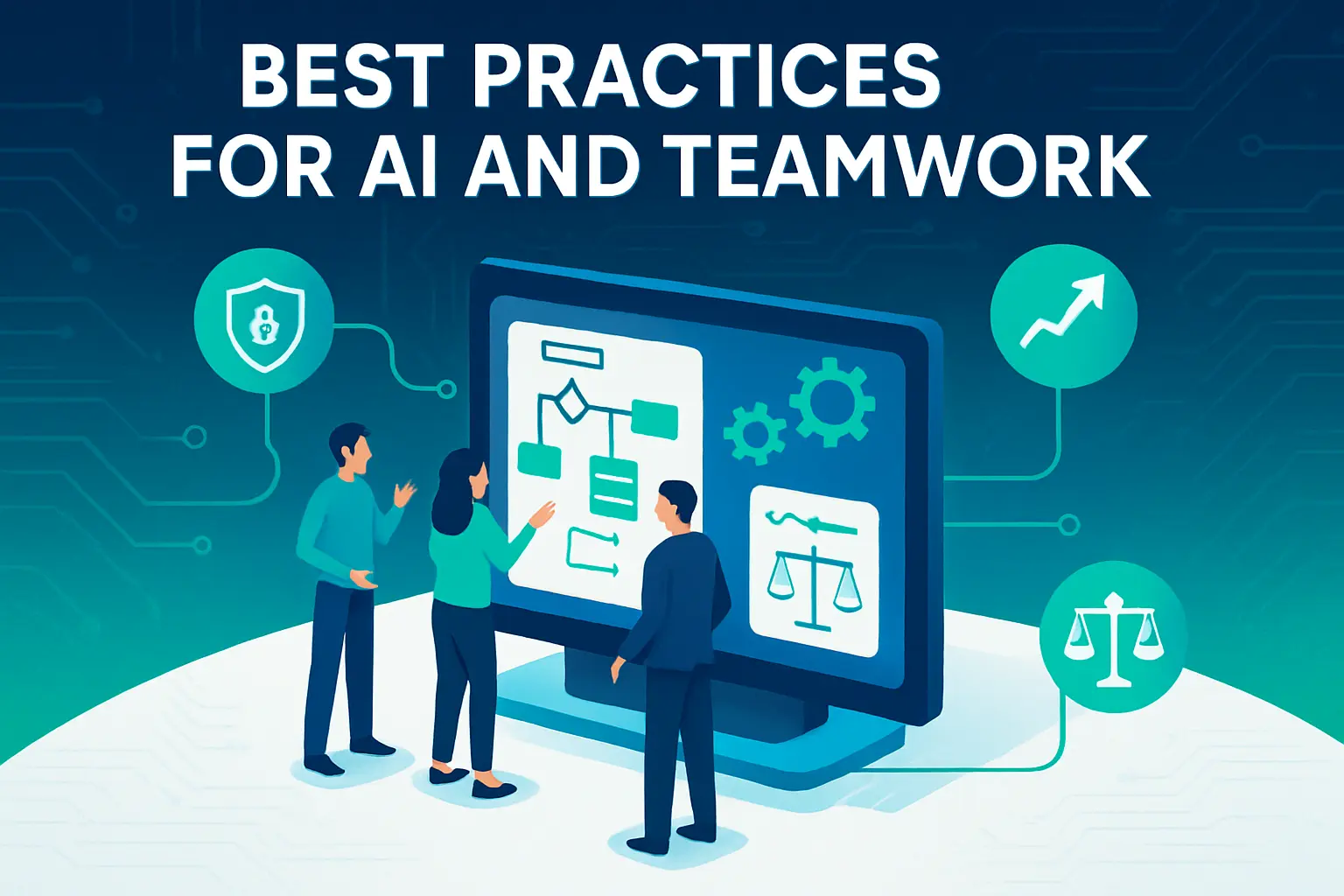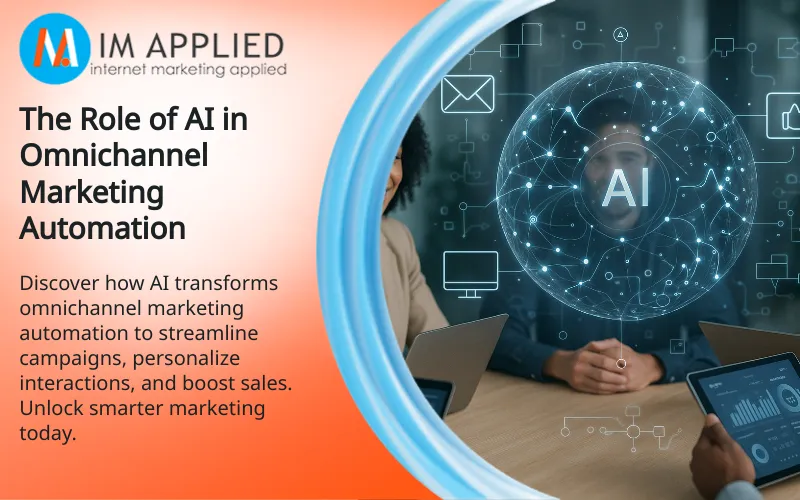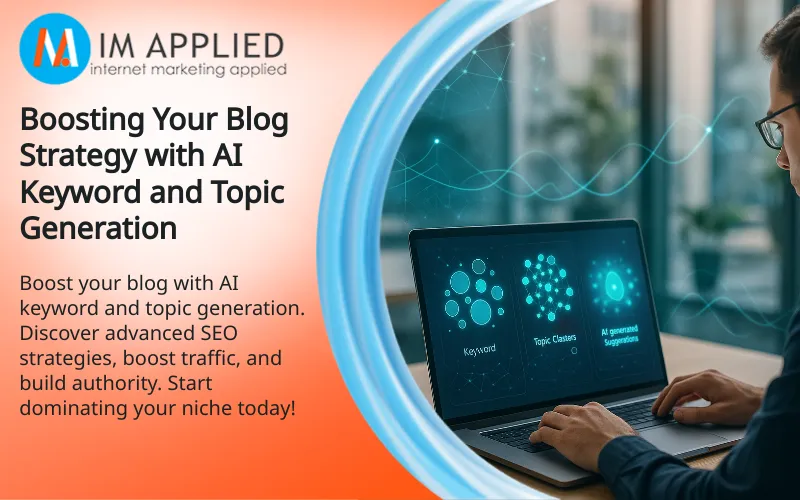How to Choose the Right AI Tools for Your Business Goals
Karl Marais | 27 August 2025
AI often feels like magic, promising solutions to every business problem. But picking the right AI tools can be harder than it seems.
Choose poorly, and you risk wasting time, money, and undermining your bottom line. Let’s explore how to select AI tools that truly work for your business.
Defining Your Business Goals and Objectives
A successful AI strategy starts with clear business goals. Are you aiming for growth, operational efficiency, or improved customer satisfaction?
Begin by setting defined, data-driven objectives that map directly to your company’s larger strategy.
Focus on your core business needs and persistent pain points. Identifying where processes lag, service falters, or data management complicates things is key.
Addressing these areas is how AI becomes a catalyst for both innovation and productivity.
Understanding Your Needs and Aligning Solutions
Pinpoint where inefficiencies or bottlenecks occur, whether in customer service, supply chain, or data handling.
Map these to specific AI use cases, like automating support tickets or predicting inventory needs.
From there, ensure each AI solution you consider directly supports your goals. Seek both quick wins and sustainable, long-term value.
For instance, predicting customer behavior can transform retention and targeting.
The secret? Make sure your AI choices enhance, not complicate, existing workflows and priorities.
Vendor Expertise & Support
Choosing an AI tool isn’t just about features; the vendor’s expertise matters. Look for providers with proven track records within your industry.
Their real-world understanding of sector-specific problems ensures more effective implementation.
Reliable customer support and comprehensive onboarding are essential, fast response times, thorough training, and ongoing maintenance minimize downtime and confusion.
Vendors that offer robust training and detailed documentation help your team extract the most value from their tools.
As you evaluate vendors, prioritize those with case studies and testimonials that clearly match your needs and scale, and explore applications like AI-powered lead scoring to gauge their adaptability to your business.
Evaluating AI Solutions for Your Business
Never rush into adopting an AI solution. Carefully assess how each contender fits your unique context.
Review not only feature sets but also system compatibility and ease of integration.
A tool that fits seamlessly with existing workflows lets you avoid costly overhauls or custom development.
API integration, for example, is often crucial for smooth deployment; without it, you risk operational disruption and costly adaptation.
Data Requirements & Security
AI is only as strong as the data it consumes.
Assess the data requirements of every platform. Does it support secure and clean integration with your CRM or database?
Poor data quality can lead to bad predictions and costly mistakes.
Prioritize tools with strong security protocols, including encryption and rigorous access controls, to protect your sensitive information and maintain regulatory compliance.
Testing and Trial Periods
Effective AI implementation usually starts with a trial period or pilot.
This “test drive” phase lets you measure real-world performance, highlight bottlenecks, and refine deployment, before making a full commitment.
Measure the results against your historical performance and make adjustments as needed.
Best Practices for AI Implementation
AI adoption is a journey. Begin with structured training for your team and a phased rollout tied to your biggest needs.
Clear communication, ongoing education, and a supportive vendor relationship accelerate adoption and lower the learning curve.
Training Employees for AI Adoption
Prioritize comprehensive training, blending live sessions, guides, and hands-on tutorials.
Encouraging questions and feedback, as well as early buy-in and support from employees, is invaluable.
Remember, intuitive user interfaces and well-designed onboarding resources smooth the transition.
Training should be a continuous process, allowing your staff to adapt with tools as they evolve.
Monitoring AI Performance & Continuous Improvement
Once AI is in place, continuous monitoring is crucial.
Track key metrics, accuracy, efficiency gains, and customer satisfaction, to ensure you’re realizing expected outcomes.
Establish formal feedback loops for stakeholders: regular reviews should guide tweaks and upgrades.
Iterative improvement based on real data keeps your solutions aligned with shifting goals and operational realities.
This continuous refinement helps AI become a responsive and evolving strategic asset.
Common Pitfalls to Avoid
Despite the hype, not all AI tools deliver on their promises.
Beware of overhyped models with glossy marketing but little substance for your specific use case.
Insist on evidence, ask for case studies, test in your environment, and measure tangible results.
Equally, never neglect data quality and security.
Inaccurate or dirty data leads to poor outcomes, while weak security exposes you to regulatory risks and breaches.
Set up robust data management strategies, encryption, validation, strict access controls, and review compliance with privacy laws to maintain client trust and operational integrity.
Industry-Specific AI Tool Recommendations
The most impactful AI solutions are often tailored to address the unique challenges of your industry.
Example: Finance AI Solutions
In finance, AI enhances fraud detection, forecasts risks, and powers high-speed trading.
Automation here reduces errors and sharpens decision-making, letting firms stay ahead of regulatory requirements and market shifts.
Example: Retail and E-commerce AI
Retailers and e-commerce businesses use AI for personalized product recommendations, dynamic inventory management, and actionable customer insights.
These tools boost conversions, optimize stocks, and help create highly tailored marketing strategies.
Future-Proofing Your AI Investment
To sustain your AI investment, adopt an agile strategy. Monitor AI trends but don’t chase hype; integrate thoughtfully with existing workflows.
Select scalable, modular AI architectures that are easily upgradeable as technology evolves.
Maintain ongoing training so your team remains proficient. Regularly evaluate new developments and pilot innovations in controlled settings.
For marketers and strategists, understanding the impact of AI on SEO is a key example of staying ahead.
Conclusion: Leveraging AI as a Strategic Asset
When AI integrates seamlessly with your goals, it becomes a strategic asset, fueling efficiency, innovation, and data-driven decision-making.
Companies embracing AI gain a clear competitive advantage, positioning themselves as forward-thinking leaders.
The Competitive Advantage of AI
AI empowers organizations to streamline operations, foster creativity, and capitalize on new opportunities.
The key is targeted deployment where AI drives the most value, setting up your business for sustained growth and market leadership.
Final Steps for Successful AI Implementation
Build your roadmap: assess needs, vet solutions, plan training, and measure ongoing impact.
Prioritize clear goals and keep adapting based on data and feedback.
AI adoption is never static; with each iteration, you strengthen your strategic position and unlock new value.
For a deeper dive into AI-driven strategy, start with market research insights powered by AI.
By following these steps, your business not only implements AI but weaves it into the foundation of lasting growth and success.




